How to train your hearing
Beginning something new is never easy
During the adjustment period, the multitude of new sounds you experience can be tiring. Take your time to get used to your hearing aid. Your positive attitude and determination to hear and understand better are crucial for your success.
Easy hearing step by step
Don’t take your hearing aid to a concert right away. Be patient – your hearing needs to gain necessary experience first, especially in difficult hearing situations.
Practice every day
You will feel it: Every day you will enjoy life more. In the beginning, wear your hearing aid for only a few hours per day. Increase the duration of your practice time gradually every day. Please familiarize yourself with the exercises listed here and always practice them in the correct order.
Exercise 1: Listen
On the first day, start by reading something aloud to yourself. Your own voice may sound strange at first. This impression will go away after a short time. Listen to the sounds of your steps and your breath. Deliberately make soft noises, such as rustling paper, flipping a light switch, jingling your keys, etc. Write down all sounds you can hear in the house. Describe these sounds with adjectives (e.g. clear, dark, clinking, …) and judge them (pleasant, strange, funny, familiar, …).
Exercise 2: Follow a conversation
You should practice this exercise on the next day – and only if you were satisfied with the first exercise. Otherwise you should repeat exercise 1.
Call the speaking clock. If you were able to understand it well, make a brief phone call to an acquaintance. Next, have a conversation with a friend or relative in calm, quiet surroundings. Do not talk too long, take your time and pace yourself. Finally, watch a television show or listen to a radio programme in quiet surroundings.
Exercise 3: Learn to tolerate loud noises
Please note that this exercise is recommended only after you have completed the first two successfully. Don’t take on too much at first. Repeat the first two exercises until you feel confident and secure.
Have a conversation in a loud environment. You can turn on the television in the background or go to a moderately busy street café. The first rule for such a difficult hearing situation is: Be patient! Your success will come, it may take a few days or maybe it will take a few weeks. Just keep practicing.
Have you mastered this exercise as well? Increase the challenge and have a conversation with several partners in a loud environment.
Exercise 4: Learn how to focus your hearing
Now you are able to hear better with your hearing aid and can communicate well in many difficult situations. The next step is to remain a focused and alert listener. Because in loud hearing situations, even people without hearing loss need to make an effort in order to hear what they need to hear and ignore the rest.
Practice focusing on sounds you want to hear and ignore unwanted or disruptive noises. Try to identify unfamiliar sounds in a loud environment and make a conscious effort to ignore unimportant noises. Soon you will be able to focus your attention from one sound to another.
Roger – Bridging the understanding gap
Roger is the new digital standard that bridges the understanding gap, in noise and over distance, by wirelessly transmitting the speaker’s voice directly to the listener.
All about Roger technology
Consequences of hearing loss
Hearing loss often has complex consequences. Simple conversations become very challenging, misunderstandings happen often and lead to social isolation. Quality of life diminishes.
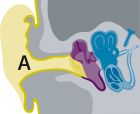 Typical problems with the outer ear (A) include ear wax plugs and infections of the auditory canal. Usually, addressing these problems is very easy. But it is important to act quickly in order to avoid hearing damage.
Typical problems with the outer ear (A) include ear wax plugs and infections of the auditory canal. Usually, addressing these problems is very easy. But it is important to act quickly in order to avoid hearing damage.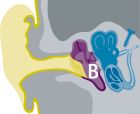 Inflammation, fluid behind the eardrum, perforations of the eardrum and otosclerosis (a stiffening of the bones in the middle ear) are the most common problems to interfere with middle ear (B) function. Most outer and middle ear problems can be addressed effectively with medication or surgery. If this is not possible, permanent hearing loss can be compensated with a hearing aid in most cases.
Inflammation, fluid behind the eardrum, perforations of the eardrum and otosclerosis (a stiffening of the bones in the middle ear) are the most common problems to interfere with middle ear (B) function. Most outer and middle ear problems can be addressed effectively with medication or surgery. If this is not possible, permanent hearing loss can be compensated with a hearing aid in most cases.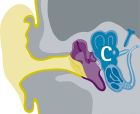 The majority of hearing issues concern the inner ear (C). The most common cause is the natural aging process. But loud noise, taking some types of medication, or skull fractures can also have a negative influence on a person’s hearing ability. These influences damage the fine hair cells and affect the transmission of signals to the auditory nerves. Usually, inner ear hearing loss cannot be addressed medically. However, this type of hearing loss can be corrected with a hearing aid in most cases. 
The majority of hearing issues concern the inner ear (C). The most common cause is the natural aging process. But loud noise, taking some types of medication, or skull fractures can also have a negative influence on a person’s hearing ability. These influences damage the fine hair cells and affect the transmission of signals to the auditory nerves. Usually, inner ear hearing loss cannot be addressed medically. However, this type of hearing loss can be corrected with a hearing aid in most cases. 
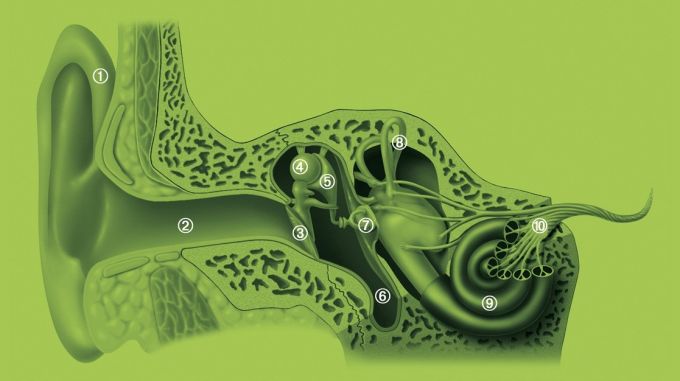
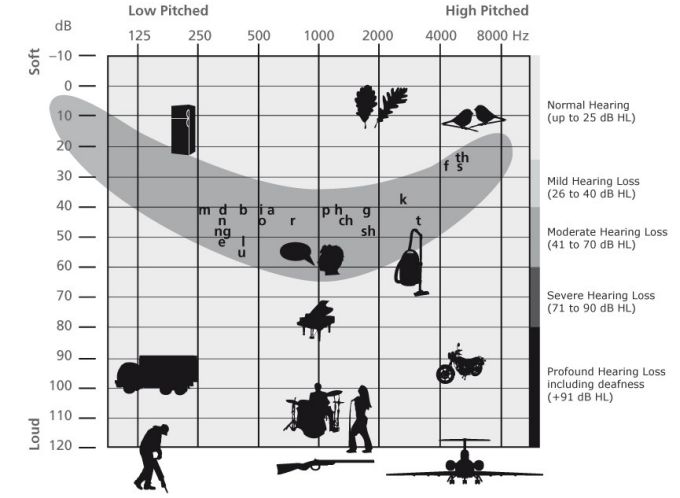 Mild hearing loss
Mild hearing loss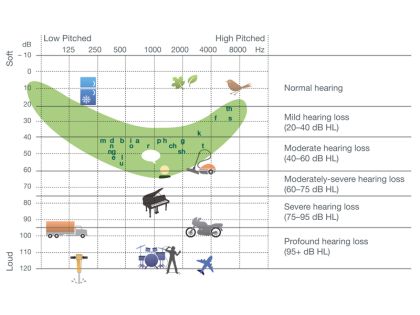 This diagram shows both the loudness and frequency (pitch) of various everyday sounds. Going from top to bottom is increasing in volume and going from left to right is increasing in pitch.
This diagram shows both the loudness and frequency (pitch) of various everyday sounds. Going from top to bottom is increasing in volume and going from left to right is increasing in pitch. The frequencies
The frequencies

 Convincing arguments
Convincing arguments



